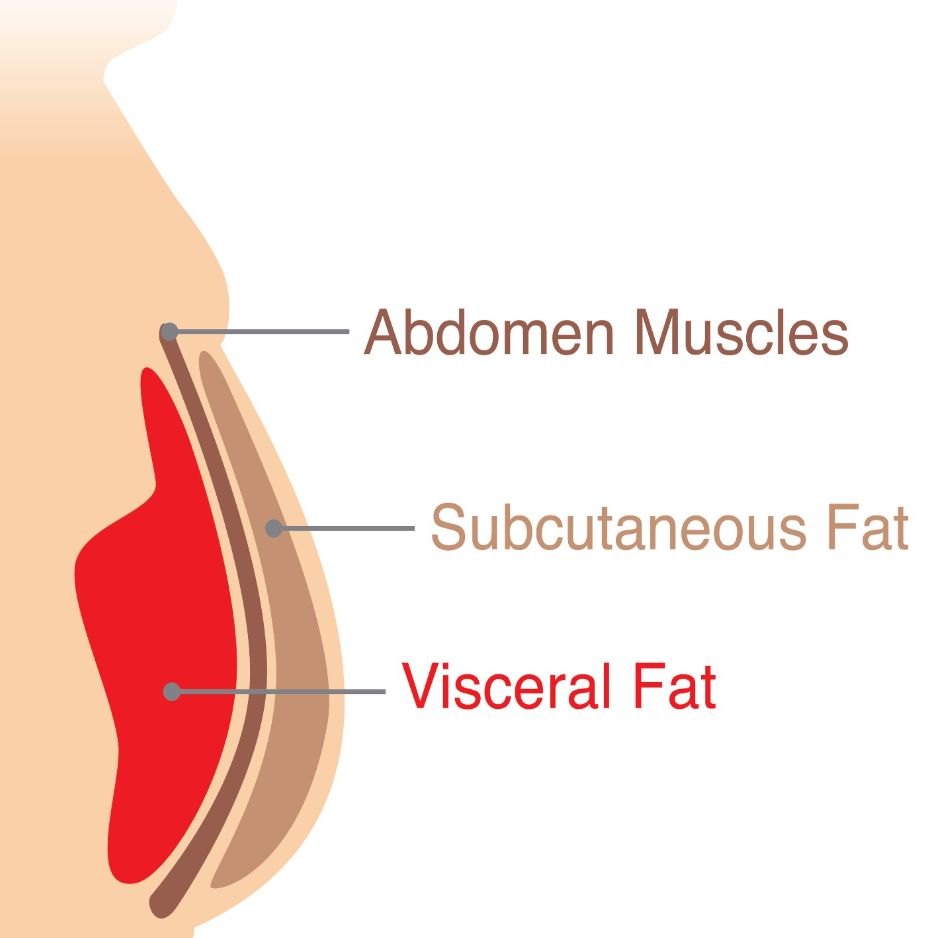Lean Bulk Meal Plan: Templates, Macros & Grocery Lists
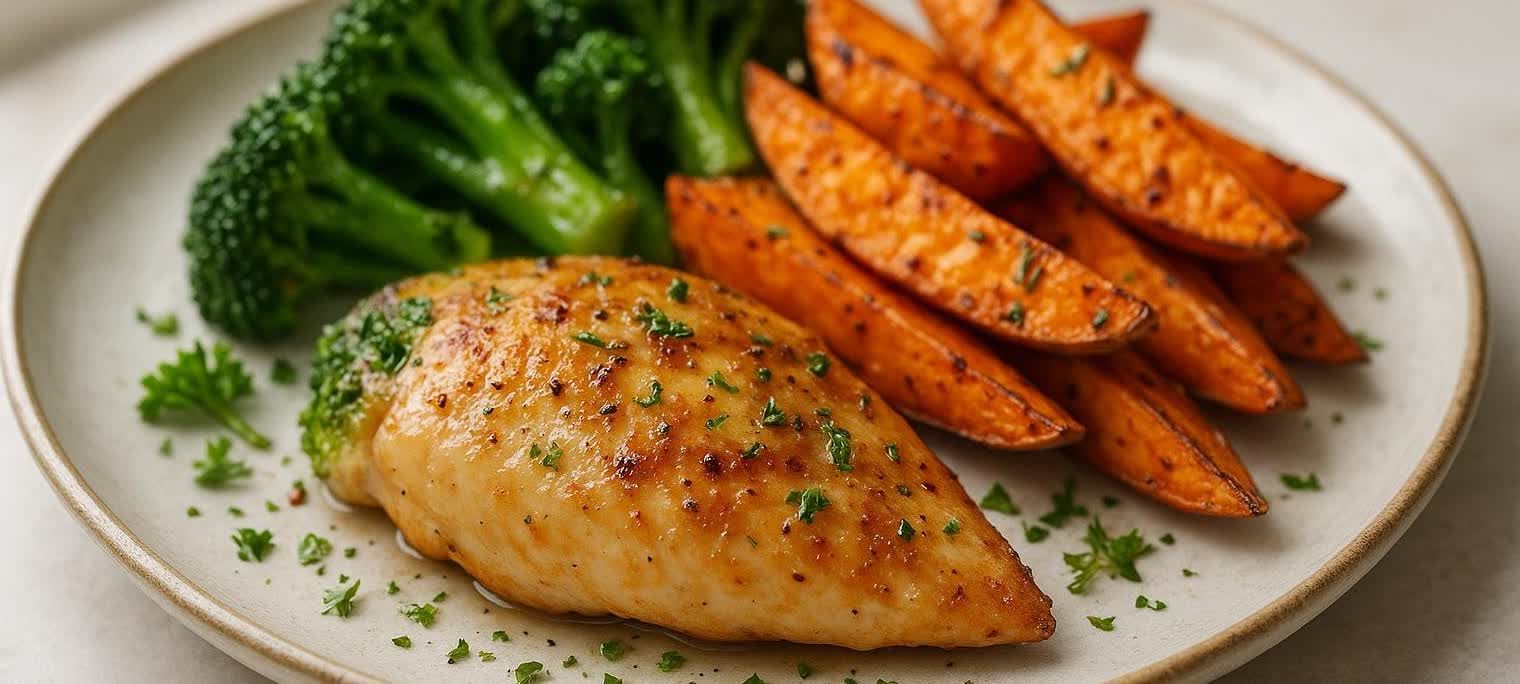
Lean Bulk Meal Plan: Templates, Macros & Grocery Lists
Want to gain muscle without the fluff? This lean bulk meal plan gives you a clear, science-backed path to set your calories and macros, plug into ready-made meal templates (omnivore and vegan), and keep costs in check with a simple grocery-list workflow.
You’ll also see how to verify progress with DEXA so you’re building lean mass—not just scale weight.
Step 1: Set Your Calories and Macros (Lean-Bulk Targets)
- Calorie surplus: Add about 10–20% above maintenance to support muscle gain while minimizing fat gain, as outlined in evidence-based bodybuilder off-season guidance. A smaller surplus can still build muscle when protein and training are on point; the exact surplus needed is not fully defined in the literature—see this review on energy surplus and hypertrophy.
- Protein: 1.6–2.2 g/kg per day (≈0.7–1.0 g/lb), distributed across 3–6 meals; about 0.40–0.55 g/kg per meal optimizes muscle protein synthesis.
- Fat: Generally 20–35% of total calories (within athletic norms), with the remainder of calories from carbohydrates to fuel training.
- Weekly rate of gain: Target ~0.25–0.5% of body weight per week to bias gains toward lean mass.
Pro tip: If your DEXA shows a high ratio of fat to lean gains after 4–6 weeks, trim the surplus toward the lower end of the range. If you’re gaining mostly lean mass and performance is rising, hold steady.

Step 2: Build Your Plate (Fast, Flexible Framework)
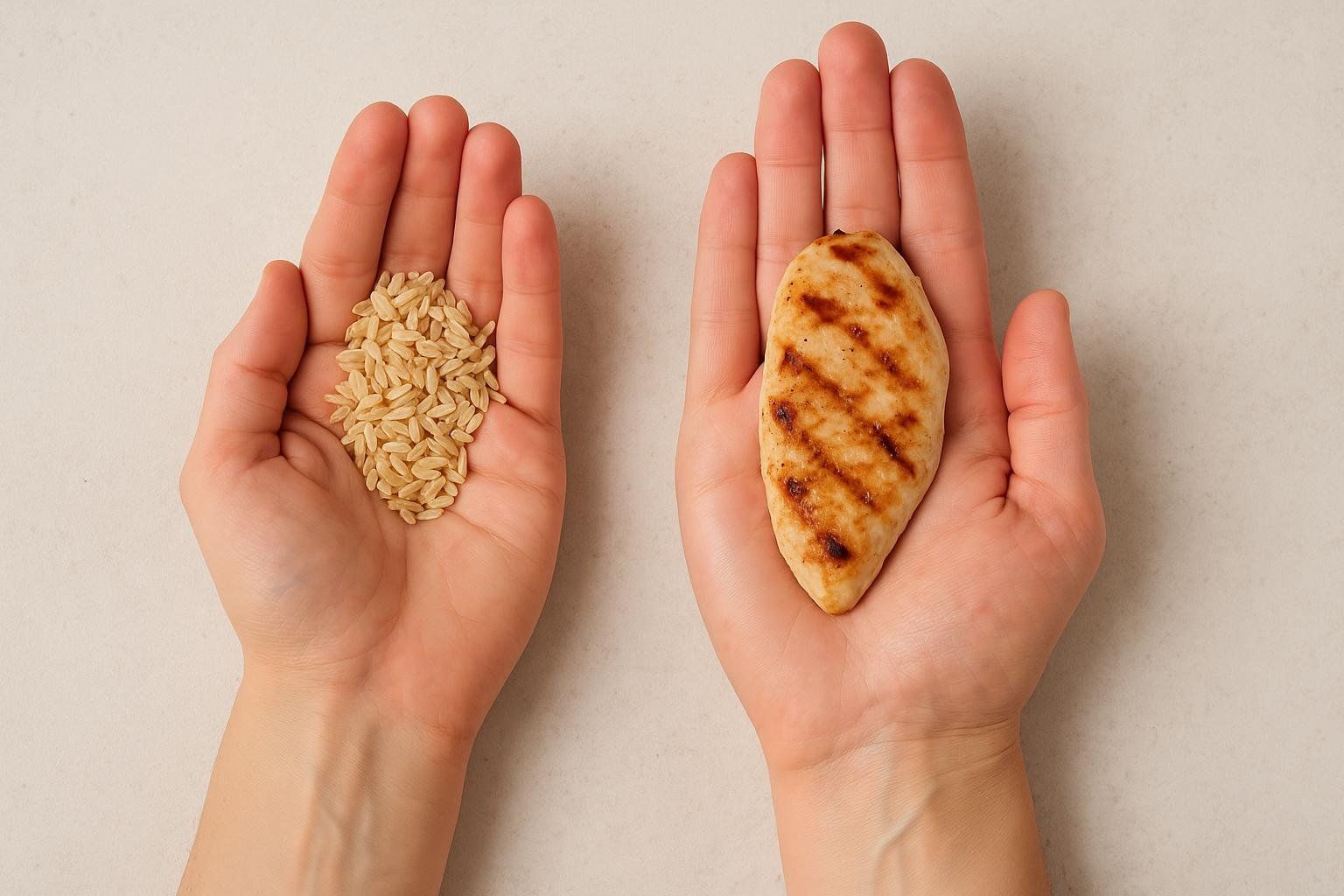
Use this meal-building formula to hit targets on autopilot:
- Base each main meal on 1–2 palm-size servings of protein, 1–2 cupped-hand servings of carbs, 1–2 thumb-size servings of fats, plus vegetables. Adjust portions up or down to meet your daily macro budget.
- Spread protein across the day (0.40–0.55 g/kg/meal) and bookend training with protein + carbs for recovery.
Need help tracking? See our step-by-step guide to tracking macros.
Step 3: Choose Your Template (Omnivore, Vegan, or Shift-Friendly)
Below are plug-and-play day templates. Macros are approximate—swap items to fit your calorie budget.
A) Omnivore Batch-Prep Day (Office or WFH)
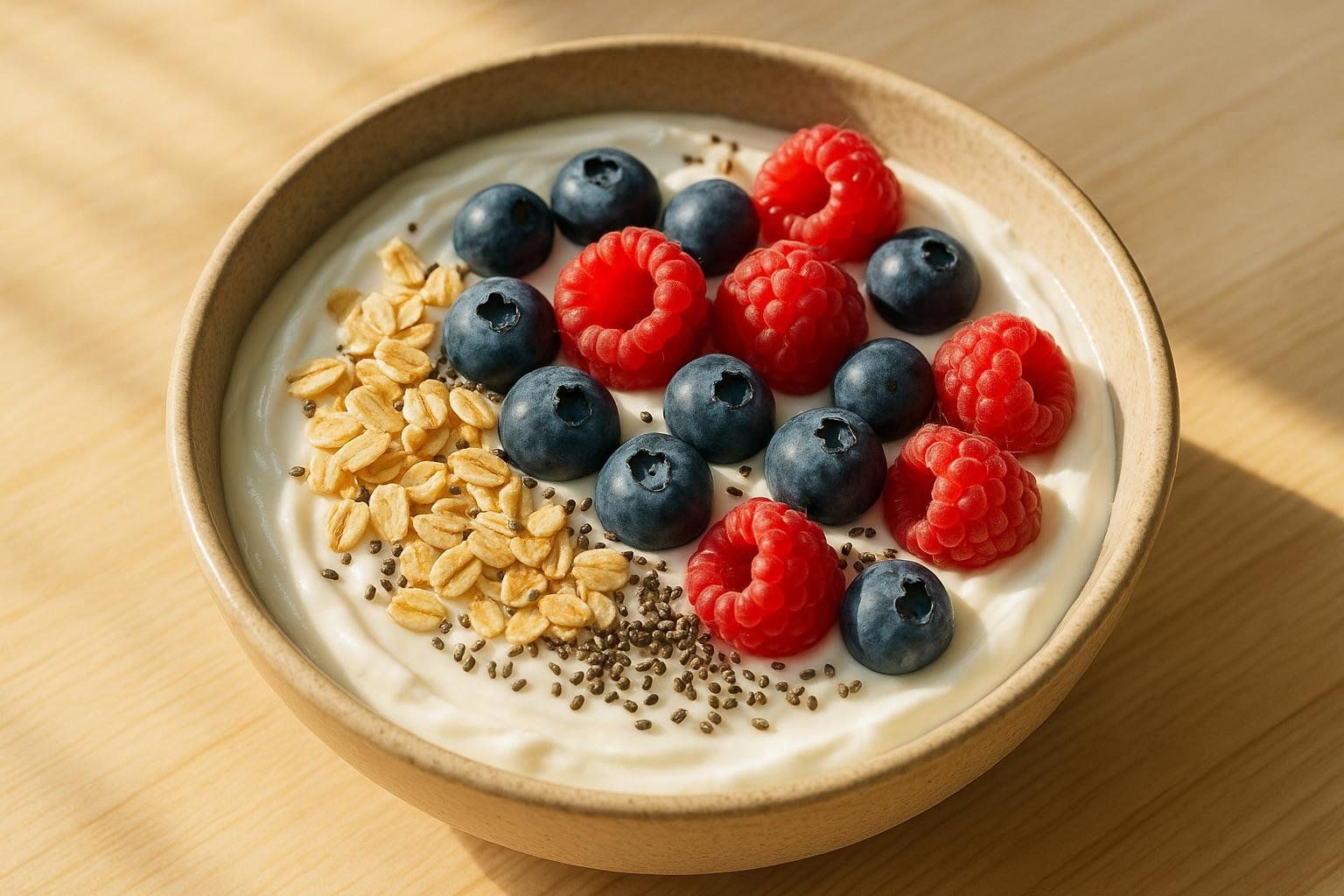
| Timing | Meal | Example | Macro cue |
|---|---|---|---|
| 7:30a | Breakfast | Greek yogurt bowl (2% yogurt, oats, berries, chia seeds) | High protein + moderate carbs |
| 12:30p | Lunch | Sheet-pan chicken, sweet potato, broccoli | High protein + complex carbs |
| 3:30p | Snack | Cottage cheese + pineapple + a handful of almonds | Protein + fats |
| 6:30p | Dinner | Lean beef stir-fry with jasmine rice and mixed veggies | Protein + carbs |
| 9:30p | Pre-bed | Casein or Greek yogurt | Protein distribution |
Swaps: salmon or tofu for protein; quinoa or whole-wheat pasta for carbs; olive oil or avocado for fats.
B) 12-Hour Shift Plan (Nurse/Healthcare)
This plan focuses on packable meals that don’t require reheating, with an optional recovery meal after your shift.
| Timing | Meal | Example | Macro cue |
|---|---|---|---|
| Pre-shift | Grab & go | Whey shake + banana | Fast protein + carbs |
| Break 1 | Mini-meal | Tuna packet + whole-grain crackers + baby carrots | Protein + fiber |
| Break 2 | Sandwich | Turkey-avocado wrap + apple | Protein + balanced |
| Break 3 | Snack | Greek yogurt cup + trail mix | Protein + fats |
| Post-shift | Recovery | Ready-to-eat rice cup + rotisserie chicken + bagged salad (no-microwave option) | Protein + carbs |
Shelf-stable backups: jerky, shelf-stable milk, lentil pouches, canned salmon, instant oats.
C) Vegan Muscle Builder
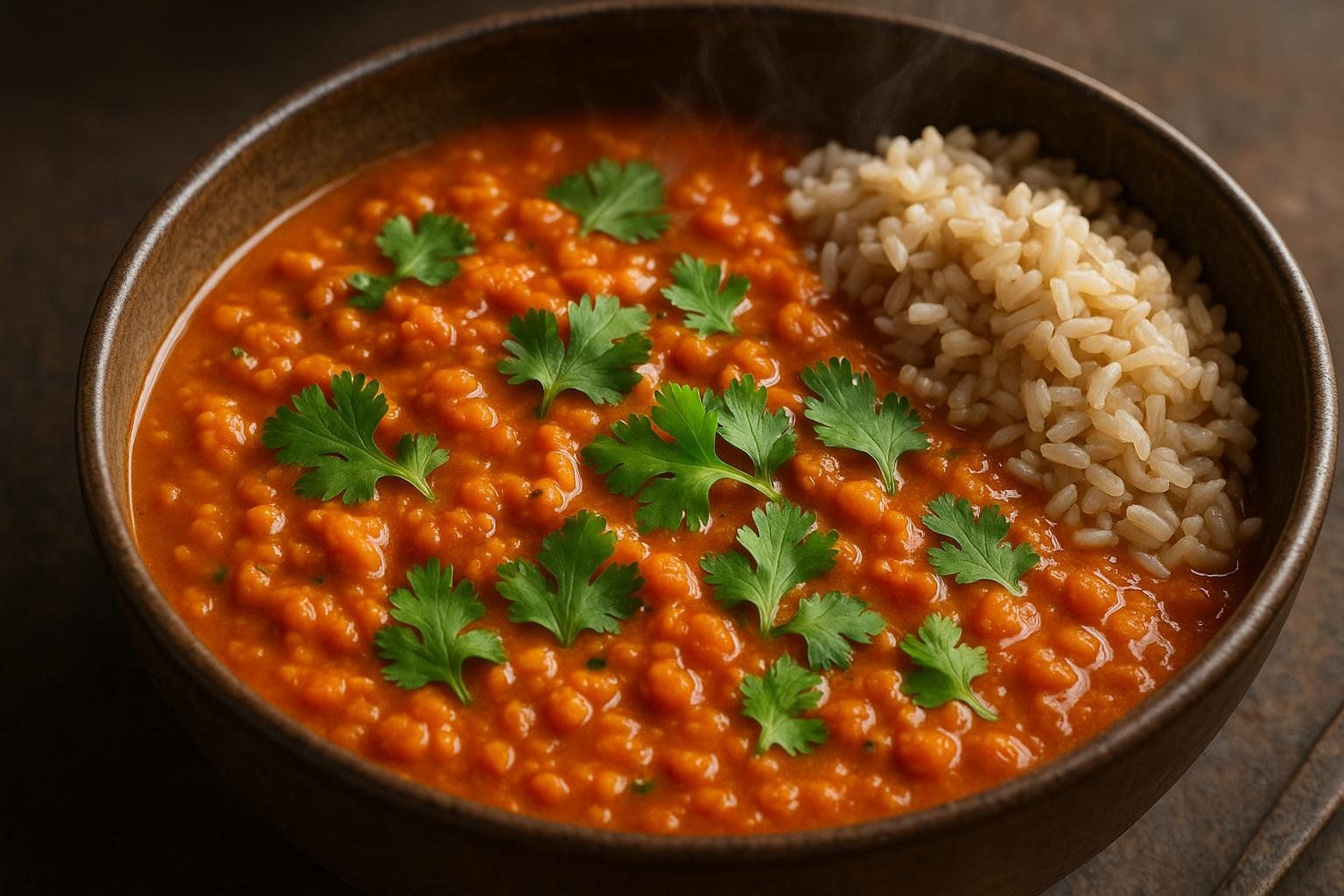
| Timing | Meal | Example | Macro cue |
|---|---|---|---|
| 8:00a | Breakfast | Tofu scramble burrito (tofu + potatoes + veggies) | High protein |
| 12:00p | Lunch | Peanut-edamame soba bowl | High protein + carbs |
| 3:00p | Snack | Protein smoothie (soy milk, pea protein, banana) | Protein + carbs |
| 6:30p | Dinner | Red lentil coconut curry + brown rice | Protein + carbs |
| 9:00p | Pre-bed | Soy skyr or high-protein soy yogurt | Protein distribution |
More ideas with 30g+ protein/meal: High Protein Vegan Meals: 20 Ideas in 30 Minutes.
Step 4: Smart Grocery List + Cost Control

Use this simple workflow to keep your lean bulk affordable:
- Set a weekly food budget using USDA’s Food Plans as a reality check. The USDA publishes monthly “Cost of Food” reports for four plans (Thrifty, Low-Cost, Moderate-Cost, Liberal) by age/sex.
- Divide the monthly cost by 4.33 to estimate a weekly budget.
- See current reports here: USDA Food Plans Monthly Reports.
Then translate your macro targets into a shopping list: pick 2–3 proteins, 2–3 carb staples, 2 fats, and 5+ fruits/veg for the week. Batch-prep proteins and starches on one day to save time and reduce waste.
Cost math tips:
- Estimate “cost per 30 g protein” for each protein source (e.g., canned tuna, chicken thighs, tofu, eggs) and prioritize budget winners.
- Use store brands and frozen produce; buy grains/legumes in bulk.
- Plan 1–2 “leftover” dinners to avoid takeout.
Step 5: Validate With Data (DEXA > Scale)
Scale weight can’t distinguish water, fat, and muscle. A DEXA scan provides precise fat mass, lean mass, and even visceral fat so you can confirm your surplus is building the right tissue. Learn how it works: DEXA scan for body composition.
Scan cadence while bulking: Baseline → week 6–8 check-in → end of bulk. If fat gain outpaces lean gain, reduce surplus; if lean mass is rising and waist is stable, keep steady. For timing guidance, see how long a bulk should last.
7-Day Lean Bulk Menu (Mix-and-Match)
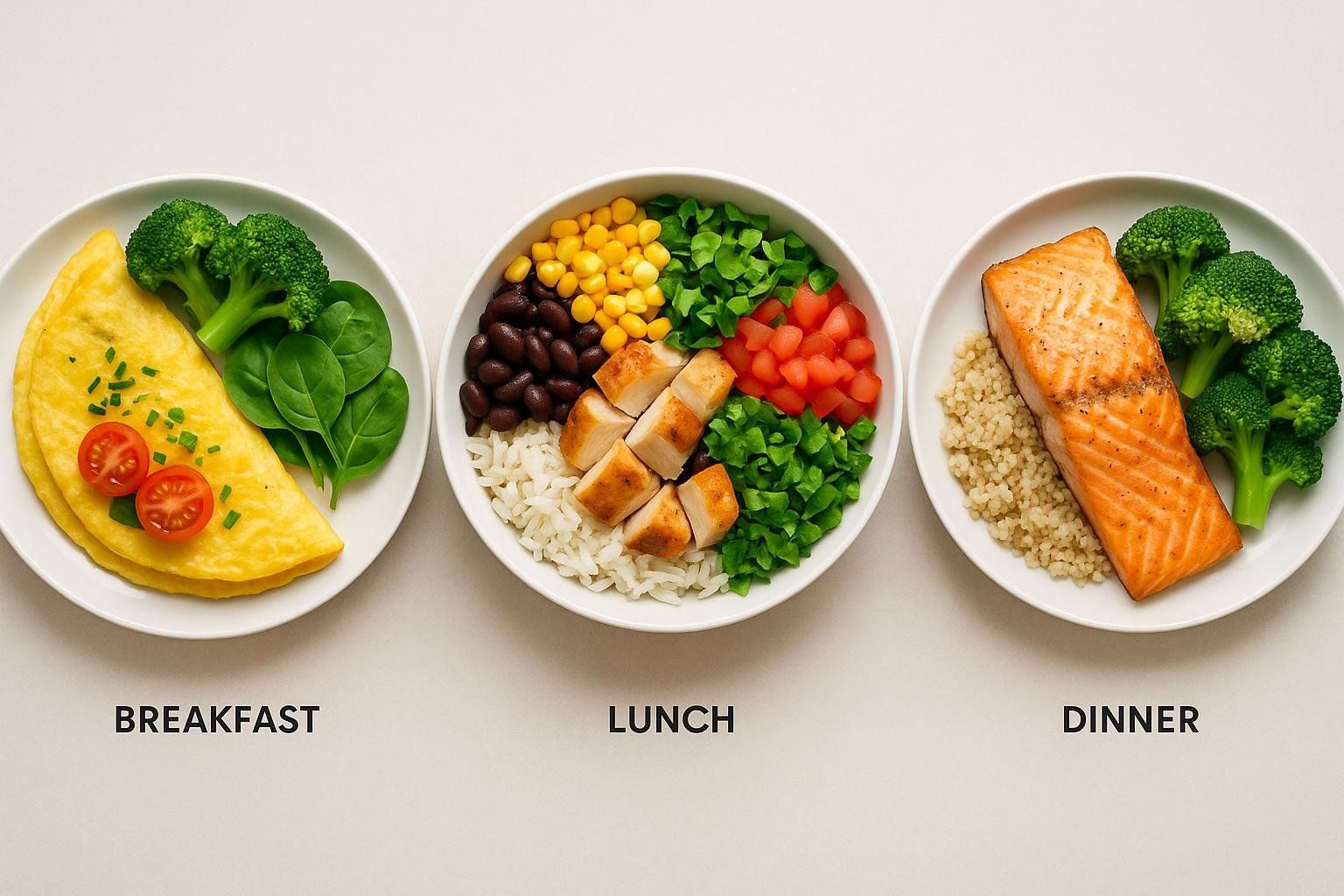
Pick one option from each column daily and adjust servings to your macro budget.
| Breakfast (30–45g P) | Lunch (40–60g P) | Dinner (40–60g P) | Snacks (10–30g P each) |
|---|---|---|---|
| Greek yogurt + granola + berries | Double-chicken burrito bowl (rice/beans) | Salmon, quinoa, asparagus | Cottage cheese + fruit |
| Egg-white omelet + oats | Turkey-avocado wrap + lentil soup | Lean beef stir-fry + rice | Whey shake + banana |
| Tofu scramble + toast | Tofu-edamame salad + whole-grain roll | Red lentil curry + rice | Greek yogurt + almonds |
FAQs

- What surplus should I use if I gain fat easily? Start at ~10% above maintenance and target the low end of weekly gain ( ~0.25% BW/wk). Literature supports modest surpluses and emphasizes sufficient protein and training quality (see the off-season guidance and the hypertrophy review above).
- How should I time protein? Distribute protein evenly across the day—about 0.40–0.55 g/kg per meal—especially around training.
- Do I need supplements? Not required. Evidence-based options like the role of creatine in muscle building (3–5 g/day) can help performance; prioritize whole-food protein and overall calories first.
- Can I lean bulk as a vegan? Yes—hit 1.6–2.2 g/kg/day protein using soy, seitan, legumes, and fortified products. Get 30 g+ protein per meal ideas here: High Protein Vegan Meals: 20 Ideas in 30 Minutes.
Related Guides
The Bottom Line
Keep your surplus modest (≈10–20%), hit 1.6–2.2 g/kg protein daily, prep repeatable meals that fit your schedule and budget, and verify progress with DEXA every 4–8 weeks to ensure you’re gaining lean mass—not fluff.

